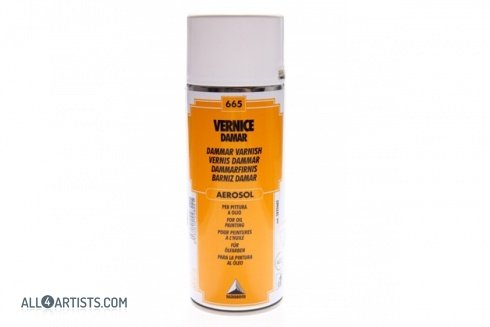How To Use Picture Cracking Varnish
Varnish, lacquer, shellac and other clear coats are applied to protect wood furniture and flooring from scratches, scuff marks, and stains. Applied properly, these products do their job well—but. It may take some practice to get this amount just right, but you'll soon get it as you learn how to varnish an acrylic painting. You can even save any unused varnish. I would just put a solid covering (like a lid, or something heavy like a book, or plastic wrap held in place with a rubber band) over the top of the jar, and then use it again in.
Make crackle paint picture frames to add a unique touch to your home decor. You can use a crackle finish with a plastic, metal or ceramic picture frame, but only if the frame won't be handled much as the paint will easily chip and flake. To prevent flaking or chipping you can apply a thin coat of polyurethane after the top coat of paint dries. Step 1-Prepare Your Picture Frame Whether you're using wood, plastic or metal frames, you still have to prepare the frame for the paint.
With all frames, lightly sand the entire surface with a fine grit sandpaper to give the paint a surface to adhere to. Clean the frame with a damp cloth to remove the dust and residue from the sanding. Allow frame to dry. Step 2-Apply the Base Coat of Paint Put down your newspapers or paint cloth to protect the surface or table where you are doing your painting. Your base coat of paint should be darker than your top coat.
Apply at least two thin coats of paint and allow to dry. European convention on state immunity 1972 pdf. If you are painting bare wood, you can use either oil or water based paint. If you are painting plastic or metal be sure the paint you choose is formulated specifically for plastic or metal so it will adhere better. Allow your base paint to dry thoroughly. Step 3-Apply the Crackle Medium Apply your crackle medium. You can buy crackle medium in any craft, hardware, home supply or paint store.
If you don't want to buy crackle medium you can add about 10-percent water to ordinary white craft glue and use it as a medium. Allow the medium or glue to dry. Use a thin coat of medium for crackle with fine lines, or heavier coats of medium for heavier lines in your crackle.
Don't overspread the crackle medium. Step 4-Apply the Top Coat of Paint Once your crackle medium has dried you can paint your top coat of paint. Remember, your paint will crackle in the direction the paint is brushed on in. Once you paint the top layer, let the paint dry. As the top coat of paint dries it will begin to crackle. Step 5-Apply Stain or Protection If you want more of an antique or aged look to your frame, dilute a stain (use water based stain only if you use water based paint) and apply it to the dried top coat of pain. If you want to protect your finish, apply a thin coat of polyurethane over the top coat of paint, or over the dried stain.

How To Use Marine Varnish
You don't need to apply stain or polyurethane, but if the frame will be handled frequently, it's a good idea to apply polyurethane.
Learn how to varnish an acrylic painting! It is essential that you varnish your completed acrylic paintings. The varnish will protect the painting from dust, UV rays and yellowing. Plus it adds a layer of shine that somehow, almost as if by magic, pulls the whole painting together and makes it look even more amazing, bringing out the gorgeous vibrancy of the colors.
Varnish comes in gloss, satin or matte finish. I usually stick with gloss varnish because I love the look of a glossy finish, but you may have your own preference. You can mix any of these types of varnish to get the exact finish that you are looking for, but it will take some experimentation!
We done one previously with Tony Hawks 'HORSE' mode which was brilliant. How to play multiplayer on minecraft xbox 360 controller. Me and my brother are looking to do a youtube challenge where we 1v1 each other and the loser has to take a shot for every round they fail.
Learning how to varnish an acrylic painting involves this kind of experimentation so that you get it just right. One thing I want to quickly add at this point, is that if you want to photograph your painting, do it NOW - before it's been varnished. The varnish will inevitably cause a glare if light is flashed upon it, making it difficult to photograph. I always photograph and/or scan my paintings before varnishing. I've tried to photograph paintings after they've been varnished, and trust me, it's a pain in the patootey. It's possible, but it takes a lot of patience, trial and error, and a takes a lot of space on your camera's memory card.

Best Way To Apply Varnish
Varnishing an Acrylic Painting When you're ready to varnish, make sure that the painting is completely dry first. If it's the slightest bit wet, the varnish will mix with the wet paint and streak across the canvas. Unless that is your desired effect (hey, why not?), you will want to avoid this. Also make sure that the surface is free from dust, dirt, and any other undesirable things like lint. To varnish, always keep a separate glass jar or plastic cup aside exclusively for varnishing. Don't use the same jar you use to dip your paintbrush in as you are painting!